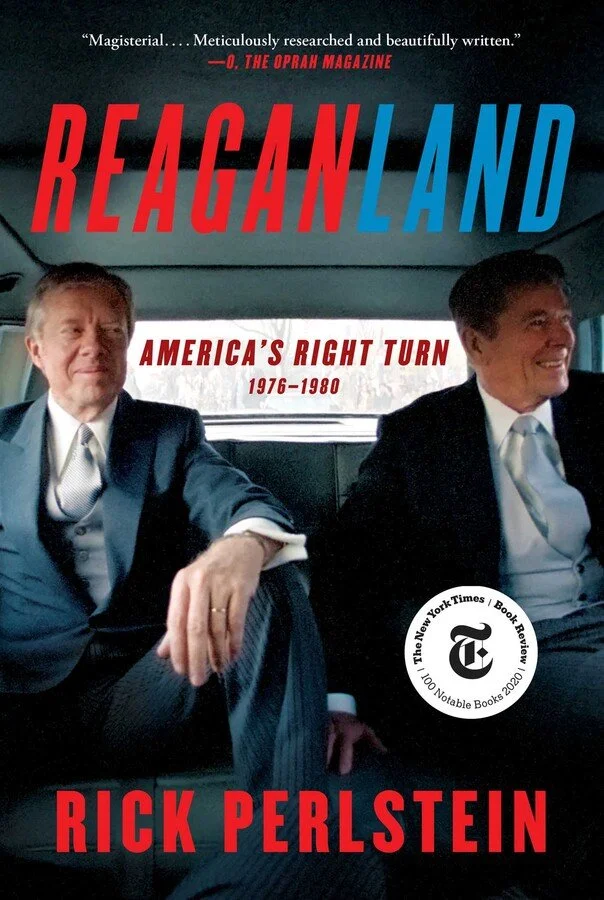US Presidents
April 30, 1789, when George Washington took the oath of office as the first president of the United States to the present — 47 presidencies have led the nation from its violent beginning through turbulent times, near-extinction, world triumph, and long domestic and international challenges. I realized how steadily I sold biographies and histories dealing with the US Presidents, and I thought I would begin on the ambitious project of all the books related to the subject that I stock. Here is the beginning of an ongoing work. I am including the necessary topics of spouses and general administration (not just the individual). Endlessly fascinating to the reader — and apparently inspiring to our best historians.
The listing is chronological, most recent to George Washington top to bottom of the page, with some books on leadership and so forth at the bottom. The most recent President, Donald Trump, is having many books published with political or polemical edges to them. The political books are listed on the Politics & Current Events page. For this page I will strive to select books on Trump that have a historical framework or methodology.
Reaganland: America's Right Turn 1976-1980
Reaganland: America's Right Turn 1976-1980
A NEW YORK TIMES NOTABLE BOOK OF 2020
From the bestselling author of Nixonland and The Invisible Bridge comes the dramatic conclusion of how conservatism took control of American political power.
Over two decades, Rick Perlstein has published three definitive works about the emerging dominance of conservatism in modern American politics. With the saga’s final installment, he has delivered yet another stunning literary and historical achievement.
In late 1976, Ronald Reagan was dismissed as a man without a political future: defeated in his nomination bid against a sitting president of his own party, blamed for President Gerald Ford’s defeat, too old to make another run. His comeback was fueled by an extraordinary confluence: fundamentalist preachers and former segregationists reinventing themselves as militant crusaders against gay rights and feminism; business executives uniting against regulation in an era of economic decline; a cadre of secretive “New Right” organizers deploying state-of-the-art technology, bending political norms to the breaking point—and Reagan’s own unbending optimism, his ability to convey unshakable confidence in America as the world’s “shining city on a hill.”
Meanwhile, a civil war broke out in the Democratic party. When President Jimmy Carter called Americans to a new ethic of austerity, Senator Ted Kennedy reacted with horror, challenging him for reelection. Carter’s Oval Office tenure was further imperiled by the Iranian hostage crisis, the Soviet invasion of Afghanistan, near-catastrophe at a Pennsylvania nuclear plant, aviation accidents, serial killers on the loose, and endless gas lines.
Backed by a reenergized conservative Republican base, Reagan ran on the campaign slogan “Make America Great Again”—and prevailed. Reaganland is the story of how that happened, tracing conservatives’ cutthroat strategies to gain power and explaining why they endure four decades later.

